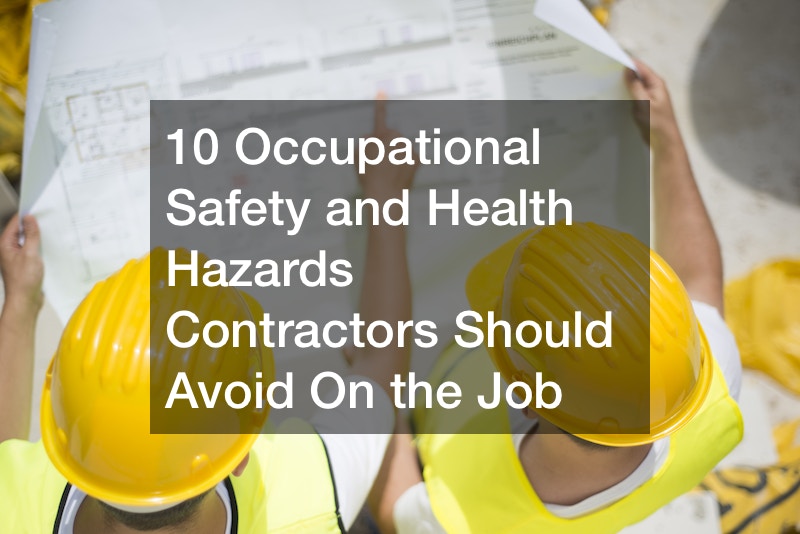10 Occupational Safety and Health Hazards Contractors Should Avoid On the Job – US Aloe
Topics that should be covered in occupational training in safety are:
Learn to identify and handle workplace hazards How to properly use your personal protective apparatus (PPE). What you need to know about how to handle safely and properly equipment and tools. How to react and keep workplace hazards from happening.
The proper program of training in place will help you to prevent common injuries at the workplace.
Utilizing the Correct Personal Protective Equipment (PPE)
The protection of employees from injuries to themselves, illnesses, or even deaths is essential when using personal protective equipment (PPE). Protection equipment (PPE) comprises gloves, hard hats, respirators , and goggles. Employees have the right to receive the use of PPE for free from their employers. Employees working in dangerous fields like plumbing, for example, are at greater risk. Employers may require them to wear PPE in order to protect themselves from the 10 risks.
To ensure the safety of personnel, PPE needs to be examined before use. PPE must be comfortable to wear , and not interfere with the employee’s ability to function. The limits and ways in which PPE can be employed should be educated to workers. To prevent injury and illness and even death, PPE must be used together with other safety precautions.
10 Occupational Safety and Health Hazards
There are many health risks that are associated with working in a job. These are the top 10 risks to safety and occupational health.
1. Trips, slips, and even falls
These kinds of accidents are most often occurring at work. These accidents can be prevented through cleaning the area and being careful in your daily activities.
2. Exposure to Hazardous Substances
Many workplaces use hazardous substances such as chemicals that could create harm.
c6pcaj9a16.

Leave a Reply
You must be logged in to post a comment.